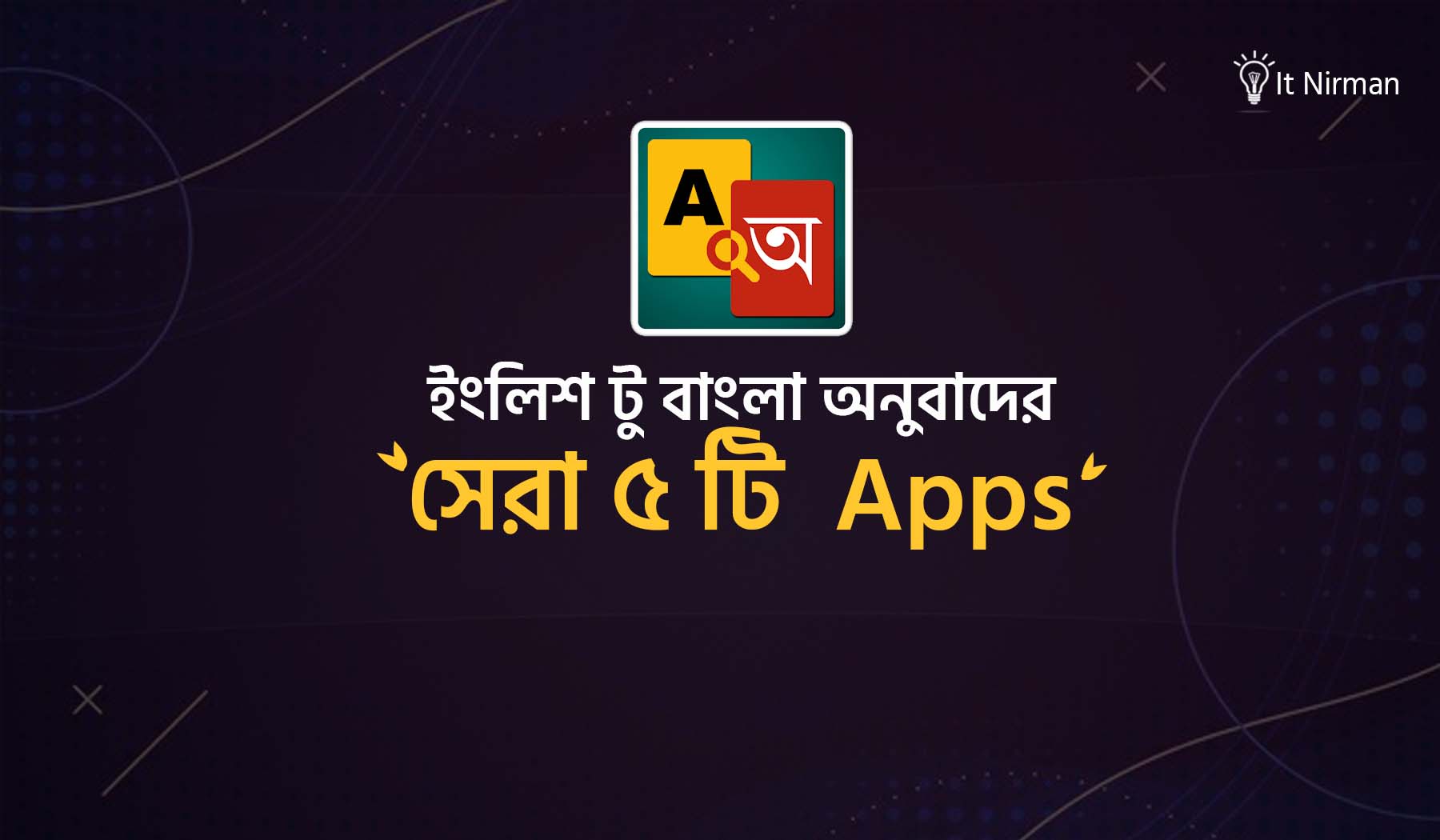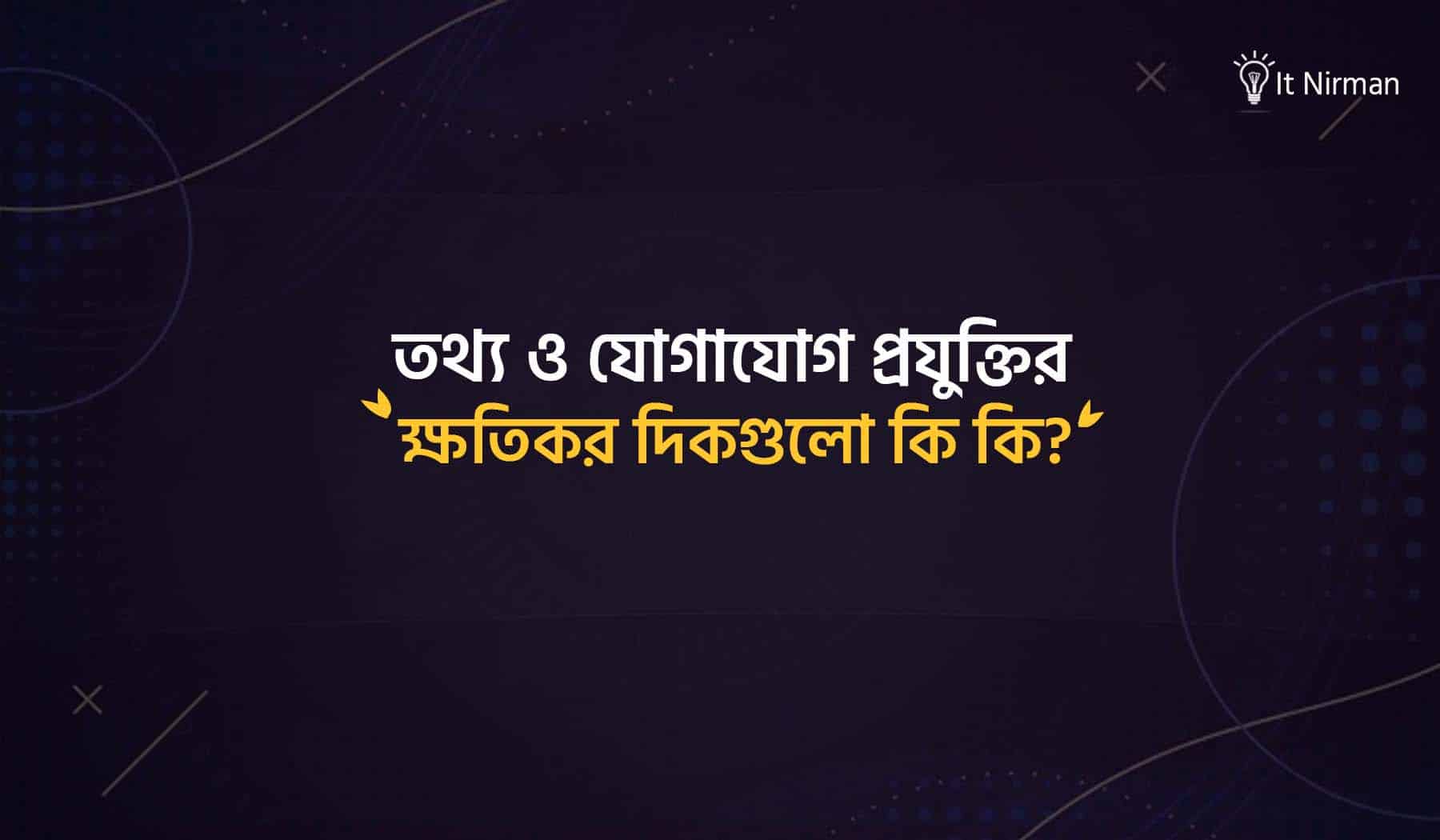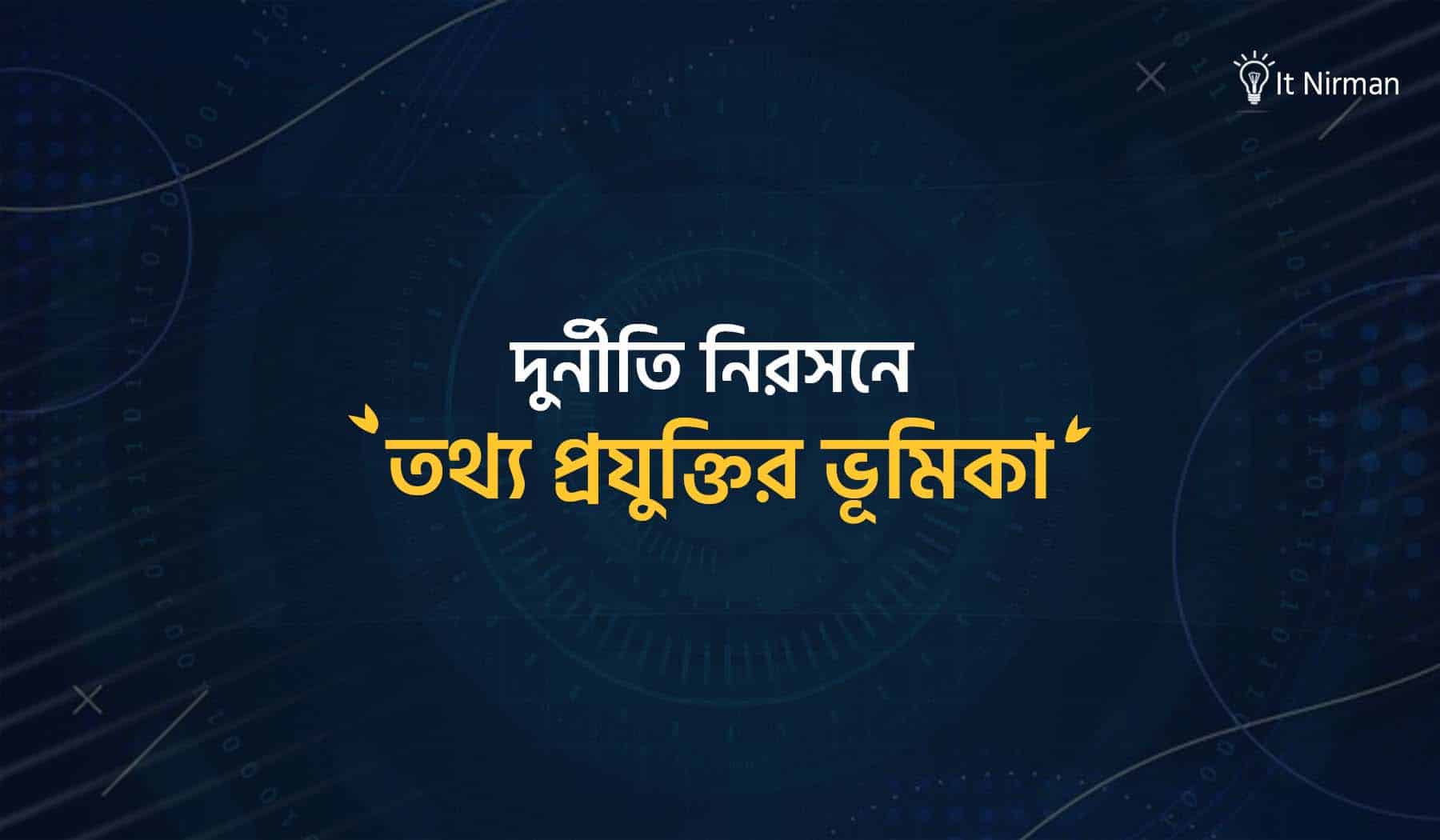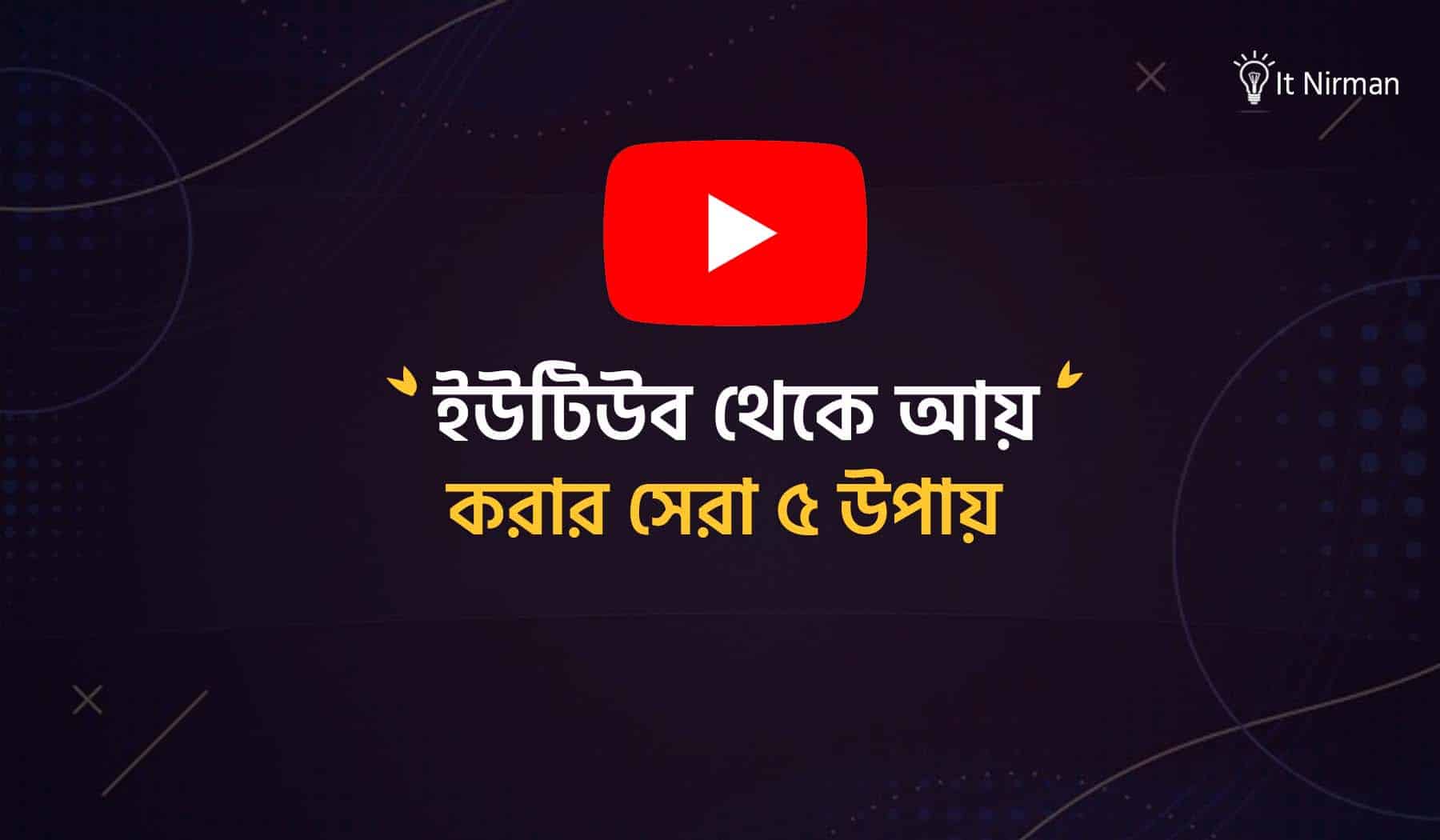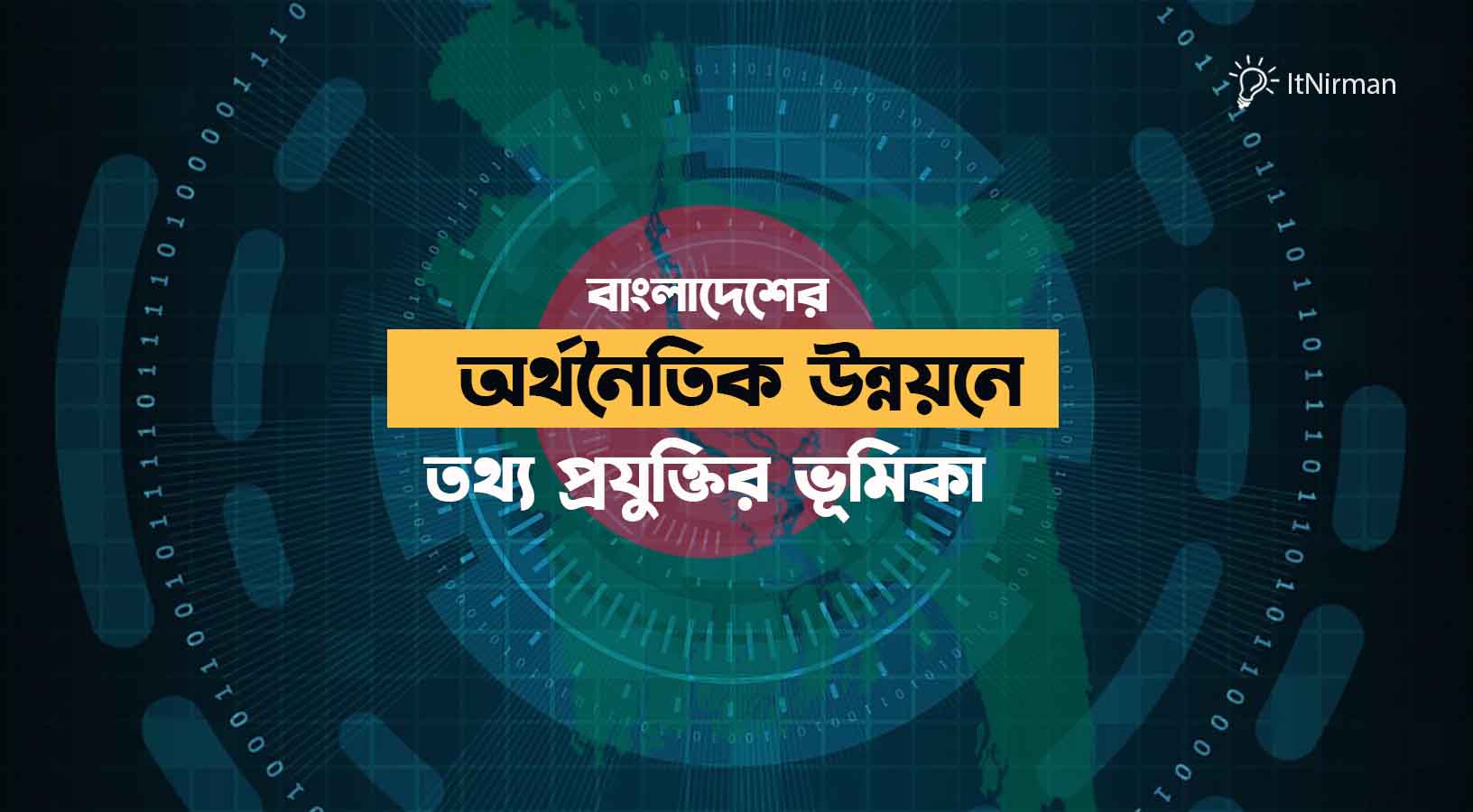প্রবাসীদের অনেকেই জানতে চান পাসপোর্ট নাম্বার দিয়ে মালয়েশিয়া ভিসা চেক করার নিয়ম কি বা মালয়েশিয়ার ভিসা কিভাবে চেক করতে হয়? সেইসব প্রবাসী ভাইদের সহযোগিতার জন্য এই ব্লগটি তৈরি করা হয়েছে। প্রবাসে কাজের সন্ধানে...
দুর্নীতি নিরসনে তথ্য প্রযুক্তির ভূমিকা
প্রশ্নঃ দুর্নীতি নিরসনে তথ্য প্রযুক্তির ভূমিকা ব্যাখ্যা কর। অথবা, দুর্নীতি দমনে তথ্য প্রযুক্তির ভূমিকা কি? অনুচ্ছেদ লিখ। দুর্নীতি হলো একটি জটিল সামাজিক সমস্যা, যা সমাজে নানাবিধ ক্ষতিকর প্রভাব ফেলে। দুর্নীতির কারণে...

